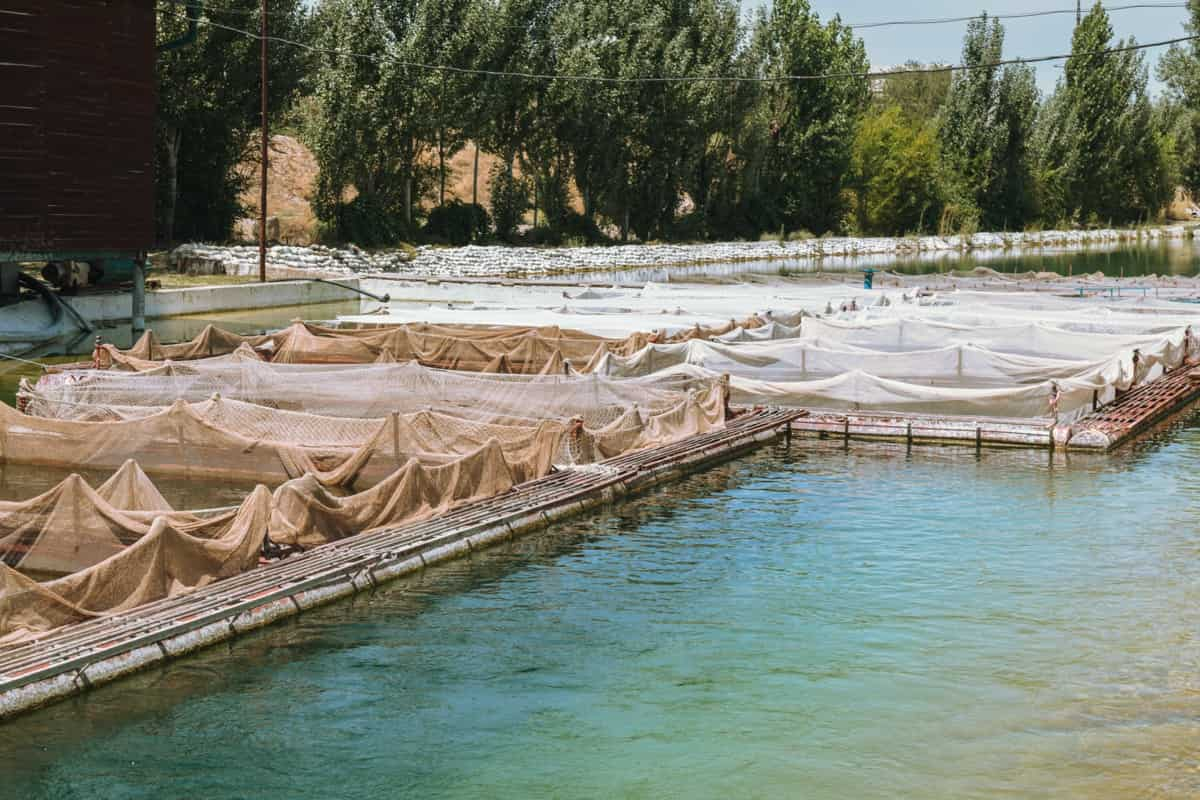Understanding the Backbone of Aquatic Life
In the intricate world of aquaculture, one often overlooked yet indispensable component is phytoplankton. These microscopic organisms serve as the cornerstone of aquatic ecosystems, providing sustenance for a plethora of marine and freshwater species. In this article, we delve into the significance of phytoplankton in aquaculture and unveil strategies to harness their power for optimal aquatic health and productivity.
What is Phytoplankton?
Phytoplankton, often referred to as the “grass of the sea,” are microscopic algae that float freely in water. These tiny organisms harness the energy of sunlight through photosynthesis, converting carbon dioxide and nutrients into organic matter. Phytoplankton come in various shapes and sizes, ranging from single-celled diatoms to filamentous cyanobacteria. Despite their diminutive stature, phytoplankton play a monumental role in sustaining aquatic life, serving as a primary food source for numerous marine and freshwater organisms.

Strategies to Boost Phytoplankton Growth:
Nutrient Management: Adequate nutrient supply is paramount for phytoplankton growth. Monitor nitrogen and phosphorus levels diligently, and utilize specialized fertilizers to promote planktonic algae development. Striking the delicate balance between nutrient availability and excess is crucial to prevent harmful algal blooms while fostering healthy phytoplankton populations.
Lighting Optimization: Light serves as the lifeblood of phytoplankton, fueling their photosynthetic activity. Enhance growth rates by providing optimal light exposure through LED grow lights or strategic positioning to maximize natural sunlight. However, exercise caution to avoid photoinhibition, ensuring a harmonious balance between light intensity and duration.
Water Quality Monitoring: Regularly assess water parameters such as pH, alkalinity, and dissolved oxygen to maintain an optimal environment for phytoplankton proliferation. Swift intervention in the event of deviations ensures sustained phytoplankton health and productivity, thereby promoting overall aquatic ecosystem stability.

The Crucial Role of Phytoplankton in Aquaculture:
Phytoplankton’s significance transcends its microscopic dimensions. Beyond serving as a nutritional powerhouse for aquatic organisms, phytoplankton contribute to nutrient cycling, oxygen production, and water quality maintenance. Their presence fosters a harmonious balance within aquaculture ecosystems, supporting sustainable fish farming practices and mitigating environmental degradation.
Empowering Aquaculture Through Phytoplankton Optimization:
In conclusion, phytoplankton stand as unsung heroes in the realm of aquaculture, wielding profound influence on the health and productivity of aquatic ecosystems. By implementing targeted strategies for nutrient management, lighting optimization, and water quality monitoring, aquaculturists can unlock the full potential of phytoplankton, paving the way for a sustainable future in fish farming.


